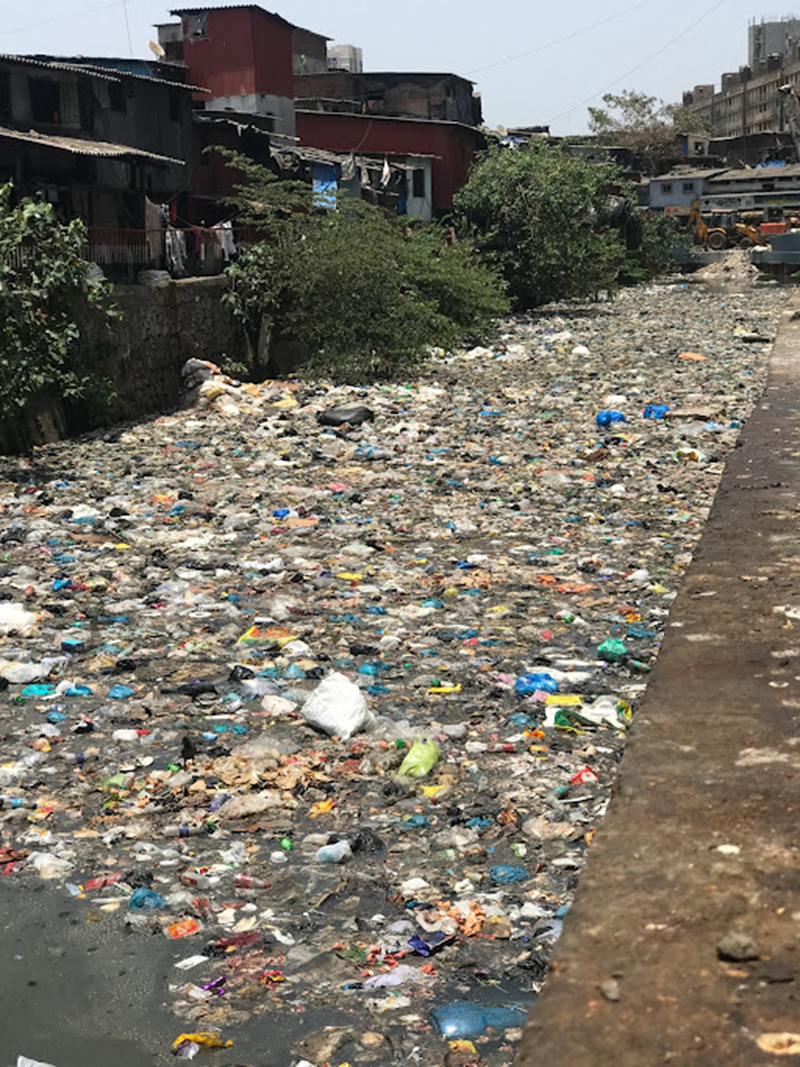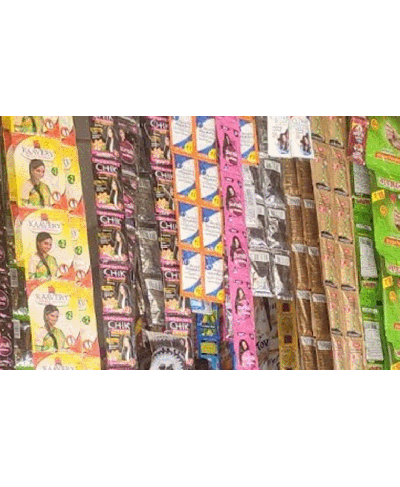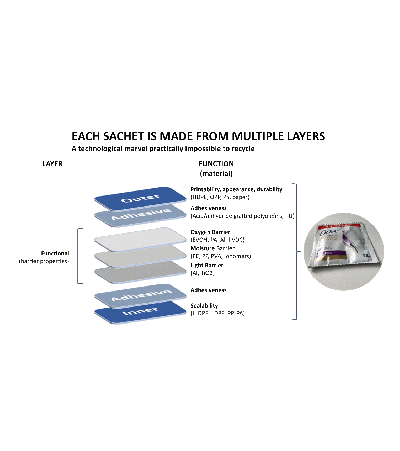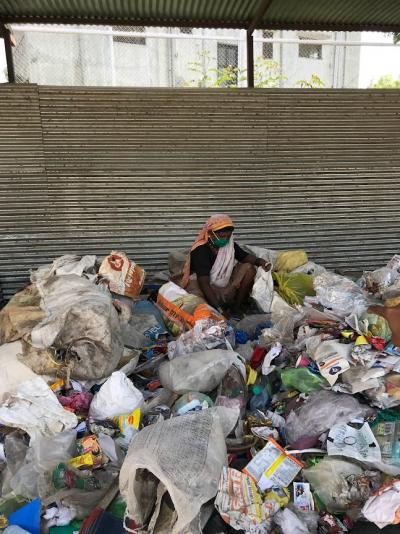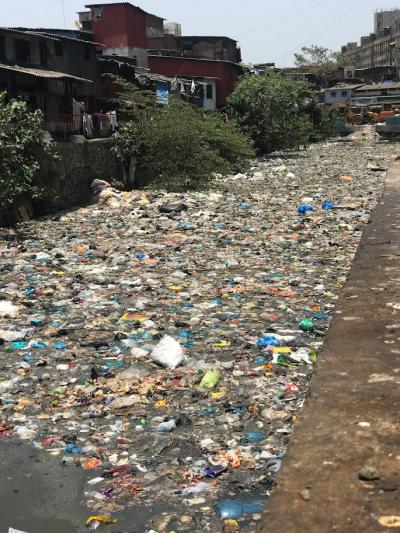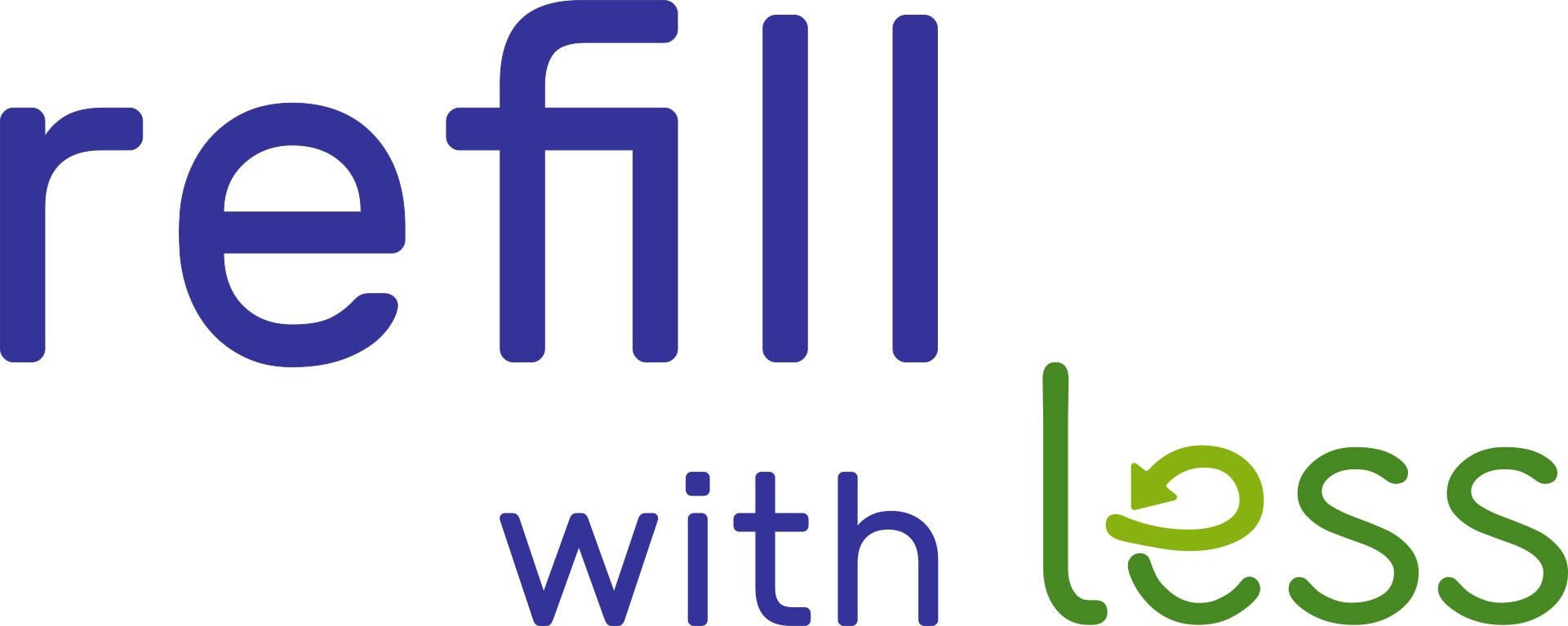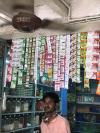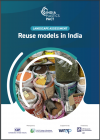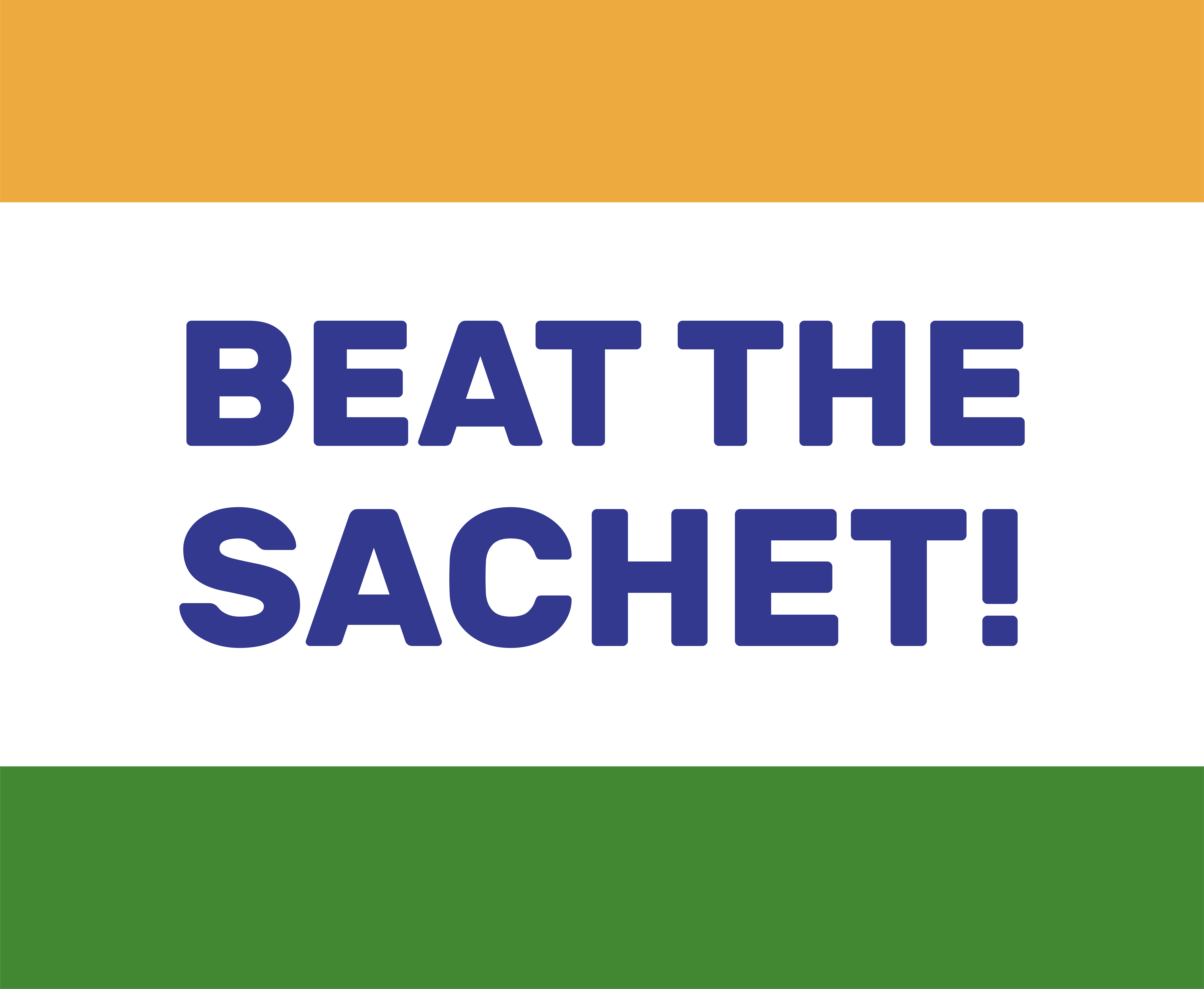Sachets
The Money In Sachets
Why do companies sell products in sachets?
That's easy. There's good money in it. Only by selling such small amount of product can lower income consumers afford to buy, and sachets are the easiest way to do this.
In low-income countries, the ‘bottom of the pyramid’ is a vast and lucrative market.
In India along with many Asia countries, about 70% of some products, like shampoo, are sold in sachets. If you’re not selling in sachets, you’re missing out.
It’s hard to get good data for companies, but this 2018 reference about Unilever Philippines is revealing:
“…more than 50 percent of products produced by Unilever are sold in plastic sachets”.
Unilever Philippines is heavily dependent on sachets. It’s likely similar in other emerging economies.
We will conduct some further research on this and let you know what we find.
In a separate view, Future Market Insights (July 2021) sees increasing demand for small-sized and convenient packaging solutions. It says “…the sachet packaging market is set to experience a year-on-year (YoY) growth rate of 5.4% in 2021.
The market is forecast to reach a volume of around 999 Bn Units by the end of 2021. FMI projects healthy growth for sachet packaging market at an overall compound annual growth rate (CAGR) of 5.8% between 2021 and 2031.”
So FMI estimates we have about a trillion sachets a year now to approaching 2 trillion in 10 years.
Nice!
Sachets And Recycling. (Or Not)
Sachets are a technological marvel. Flexible, light, waterproof, colourful, sterile and cheap, they’re perfect for storing and selling small amounts of food or liquid.
Most sachets are a sophisticated multi layered composite of aluminium, adhesives, and various plastics (such as PVC or polystyrene).
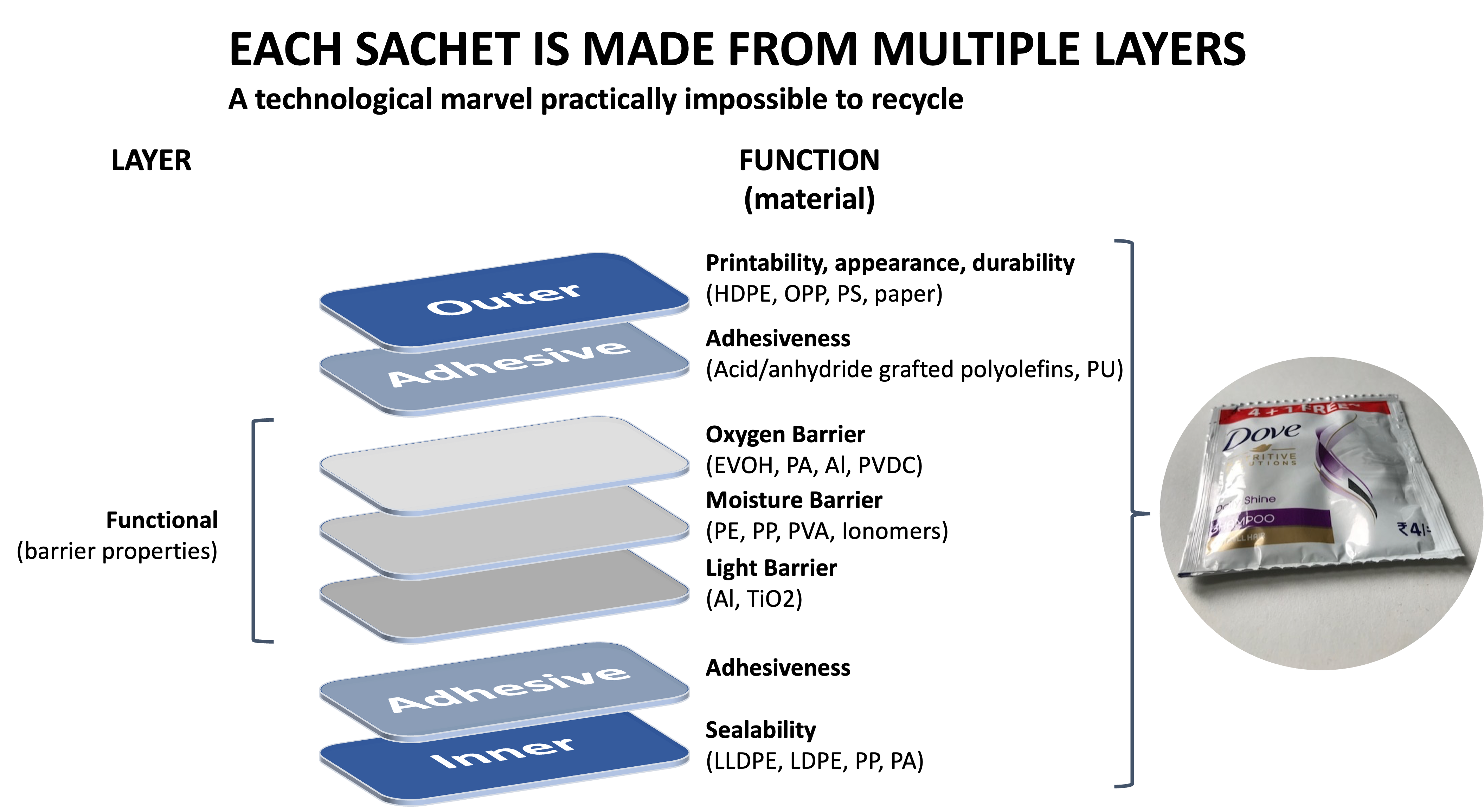
Multi-layering brings great properties but makes sachets almost impossible to recycle. Even if they were captured from the waste stream, very few facilities worldwide could recycle them, and fewer still could do it economically.
This isn’t news. Recycling never was a viable option for sachets and won’t be for decades, if ever. But you wouldn’t know this from the sachet itself. Here’s the back of a Dove sachet I purchased in India earlier this month with the recycling mark nice and clear. Right by the Unilever logo it has the recyclable triangle with the number 7 in the centre, suggesting it’s recyclable.
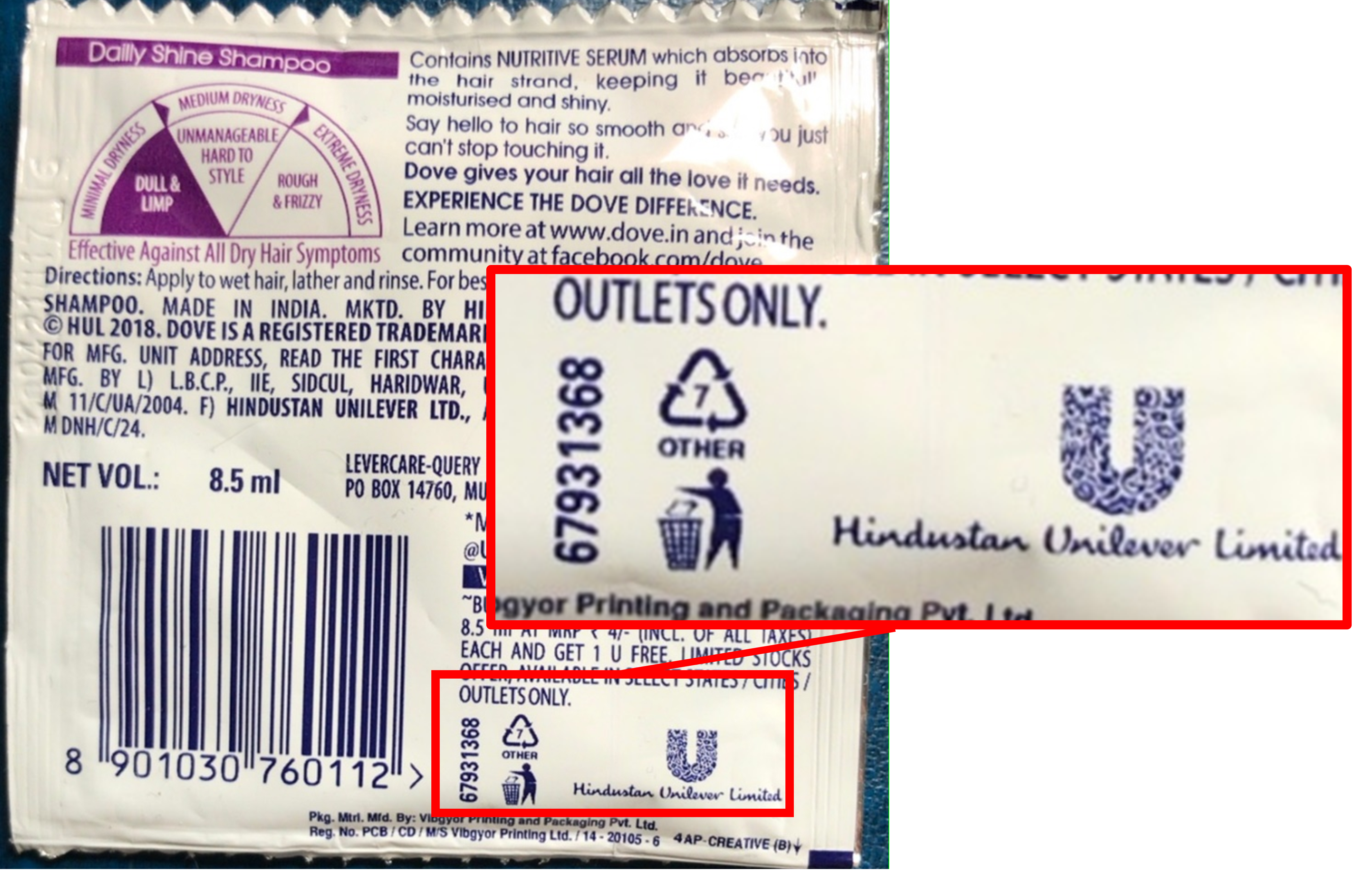
But Category 7 plastic is rarely recyclable in the UK or other developed economies. In India, it’s pure garbage. The best end of life scenario for a sachet is incineration, but most end up in landfill or the oceans.
Unilever knows this, of course, but it remains its preferred packaging for many of its market leading products, which includes Sunsilk, Dove and Clinic Plus.
Residual Value And The Marvel Of India’s Waste Collection Infrastructure
Rahul gave me a challenge – Chuck a water bottle on the ground and see how long it stays there.
So I did.
In Amritsar I kicked an empty water bottle 10 feet from me and waited. Rahul thought I might have to wait 30 minutes, but in less than five a small boy, probably around 10, with a large white plastic sack on his back came by, scooped it up and walked off.
I doubt it would be faster anywhere.
Waste collection in India is phenomenally efficient.
Waste processing businesses are dotted throughout the country and do a remarkable job of capturing hard plastics. Hard plastic’s small residual post-use value is not much, but it’s enough to motivate businesses to collect, sort and clean plastics then sell them to companies that can reuse it.
I visited a few plastic waste processing plants in India to see how waste is gathered, sorted, cleaned and repurposed.
It’s slow, dirty and repetitive work that pays a £1-2 day. It's not clean or pretty but it is effective and prevents an enormous volume of plastic waste seeping into the environment and waterways.
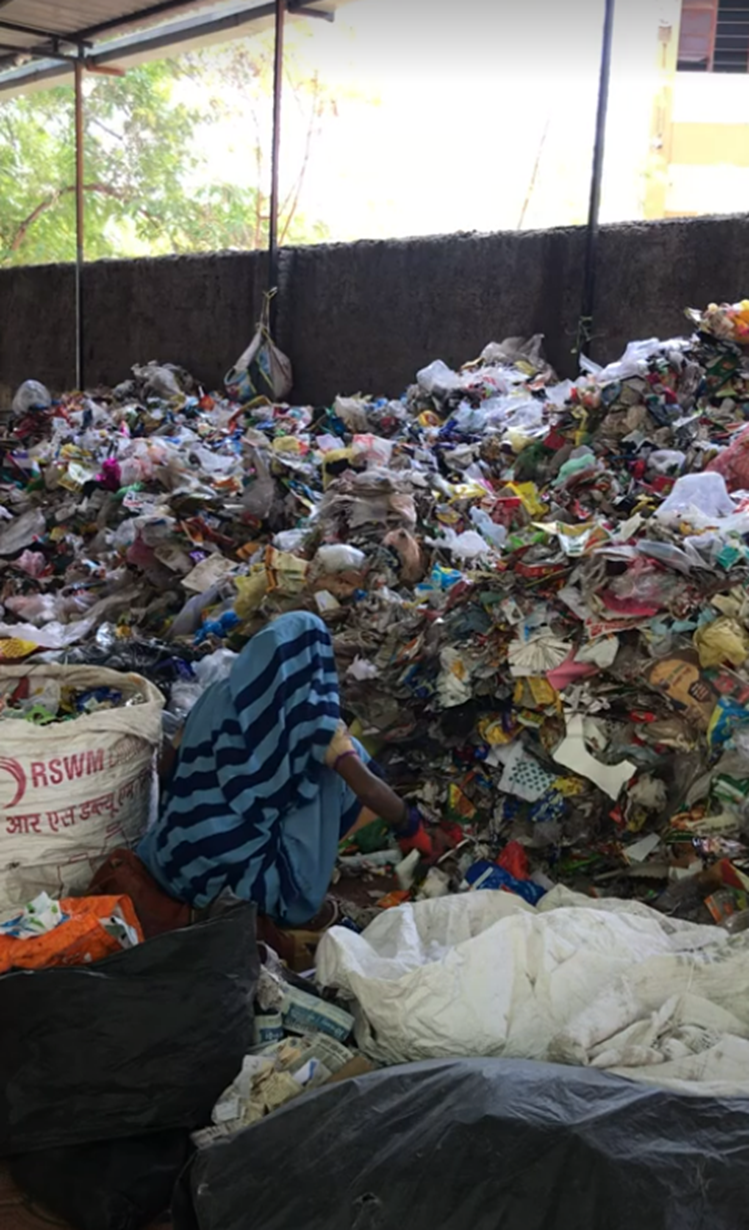
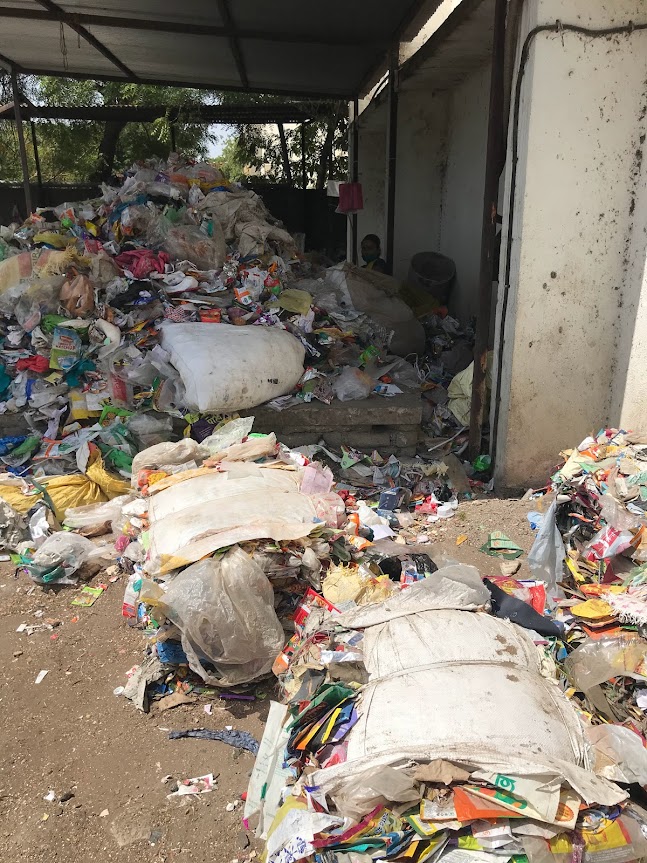
Of course, collectors only capture plastic waste that has value. This includes water bottles, shampoo bottles etc - and excludes flexible plastics and sachets.
Sachets, a primary packaging material for companies like Unilever, Procter & Gamble and Nestlé, hold no residual value, and aren’t collected. Instead, they slip through India’s vast waste reprocessing infrastructure and mostly head to dumps or waterways.
Sachets And The Ocean Plastic Problem
Plastic waste is a problem here in the UK, but a far bigger problem in Asia where plastic capture is more sporadic. Instead of making it to landfill or incinerators (neither of which are great options) much of it gets into waterways and ultimately into the oceans.
According to research by German scientists, eight rivers in Asia are among the top ten sources of plastics pollution in the world’s oceans.
…More than 8 million tonnes of plastic leak into the oceans every year, of which more than 80% of marine plastic waste comes from land-based sources as discarded plastic that has been improperly managed leaks into the oceans. Two thirds of land-based plastic waste that ends up in the oceans originates from waste that has been left uncollected (that is, disposed of into the environment), while the remaining one third constitutes leakage from improper waste management systems.
The primary culprit for this pollution is not hard plastic (water and shampoo bottles etc.) but small flexible plastic sachets that in Asia are used for a wide variety of consumer goods. In the West we’re familiar with them for holding tomato ketchup, but in many lower income countries they’re used for shampoo, laundry detergent, many foods and other household essentials.
Each year, a vast number of sachets are used.
…In 2018 some 855 billion sachets were used worldwide, over 100 per year for each human alive. Only 10 percent of all plastics are ever collected and recycled, and the number for sachets is close to zero
FMI estimates that about a trillion are used each year.
Because sachets have no residual value and cannot be recycled, they’re discarded. I was in India earlier this month and you see empty sachets everywhere. You don’t even notice until you look…
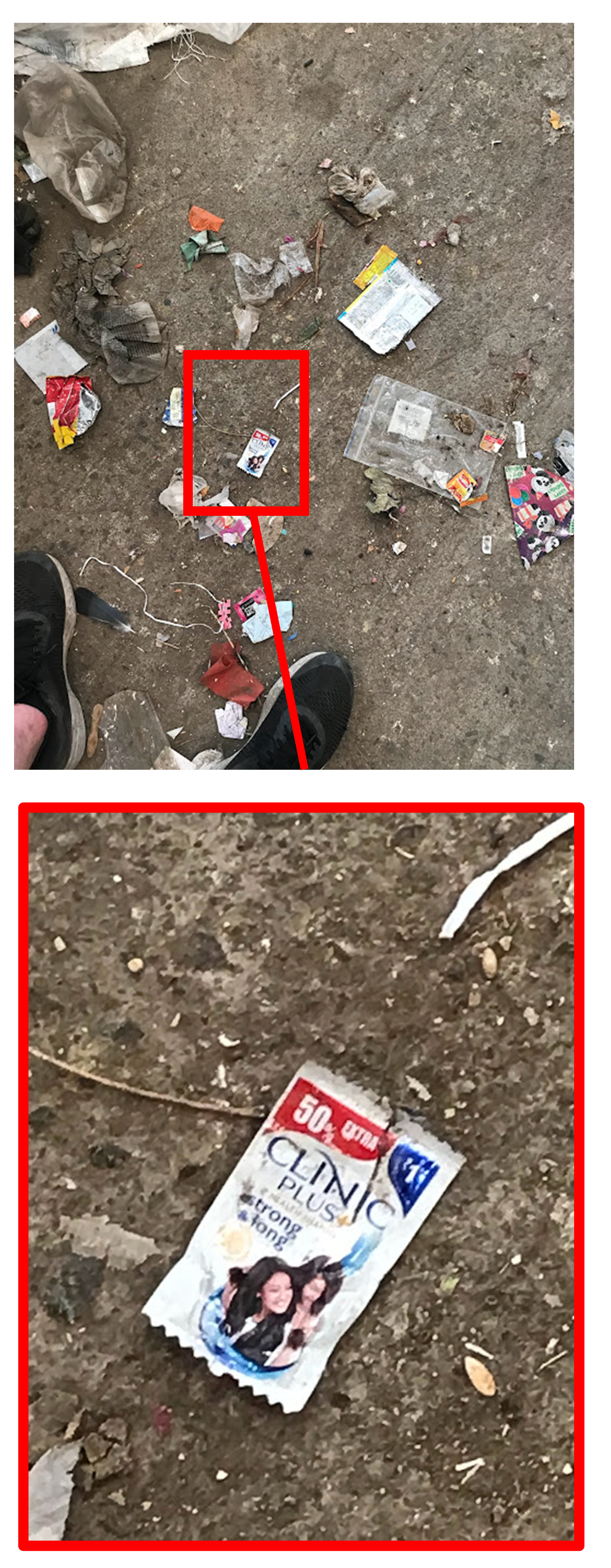
Sachets and other forms of flexible plastic get dumped and accumulate in numerous places, often in waterways and on beaches.
Here's a picture I took in Mumbai the other week...
